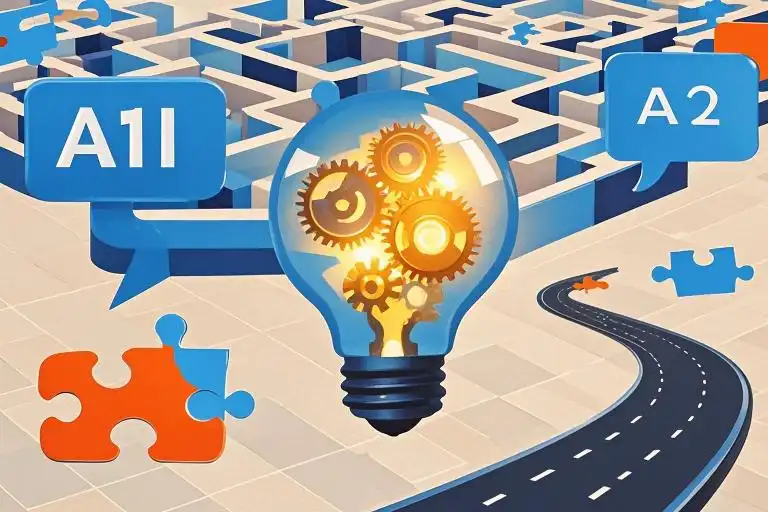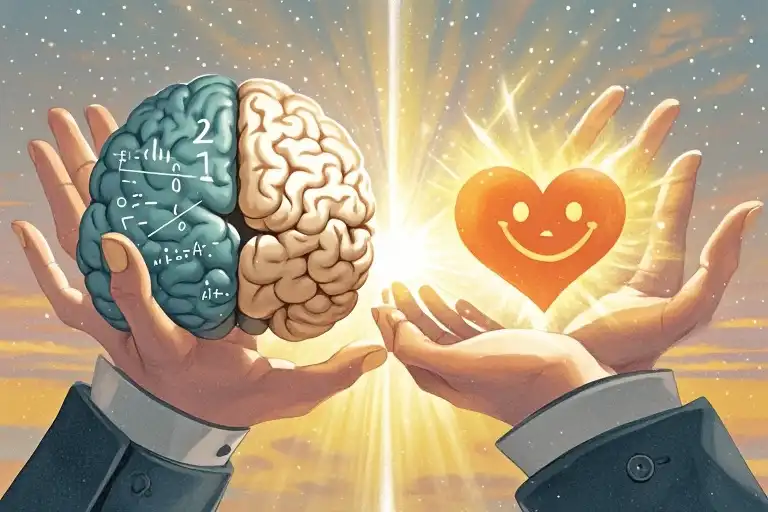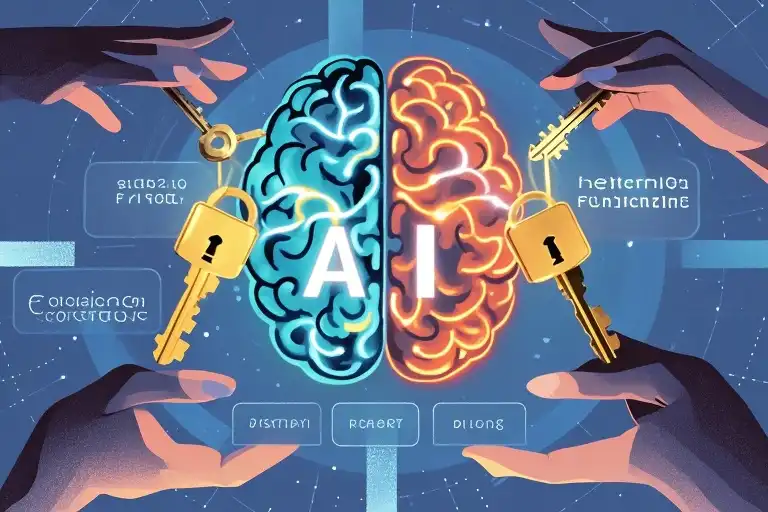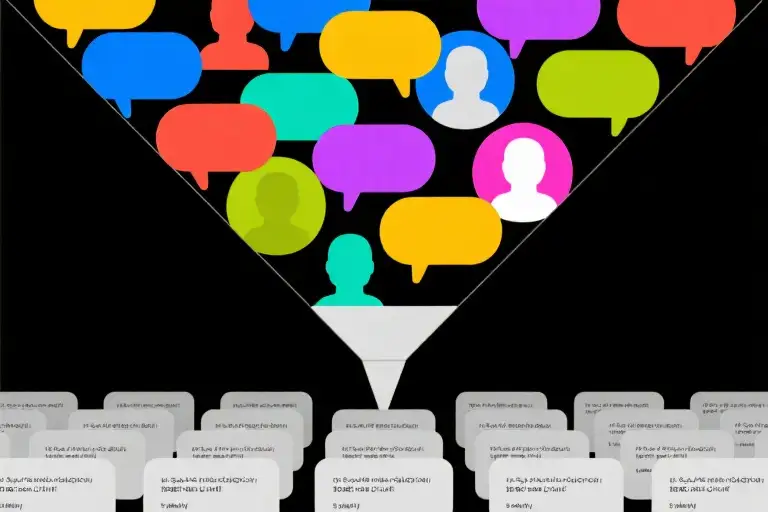You’ve just spent 20 minutes tweaking a ChatGPT prompt.
The result? A generic paragraph that reads like a robot wrote it…
(…because one did.)
Here’s the uncomfortable truth: we’re all gaslighting ourselves into thinking we’re “good at AI.” We throw basic commands at ChatGPT like “Write me a sales email” and then wonder why the output feels as exciting as stale toast.
But what if I told you there’s a secret layer to ChatGPT?
A way to make it write like a Pulitzer winner, analyze like a McKinsey consultant, and brainstorm like Steve Jobs’ caffeine-powered twin?
Let’s peel back the curtain.
The Three Deadly Sins of ChatGPT Users
(And Why Your Colleagues Are Secretly Outperforming You)
1. The “Drive-Thru Mindset”
We treat ChatGPT like a fast-food chatbot:
“Give me content. Make it quick. Don’t ask questions.”
Result? Mental junk food—fluffy words with zero substance.
What pros do instead:
They order ChatGPT a 5-course meal.
“You’re a cybersecurity expert with 15 years at NASA. Explain zero-trust architecture to my CEO who thinks ‘malware’ is a fancy pasta.”
2. Context Amnesia
Ever received a ChatGPT response that’s technically correct but completely useless? That’s context collapse.
Real-life disaster:
“Write a privacy policy for my mental health app” → Generates generic legal jargon violating HIPAA regulations.
The fix:
Anchor responses with SPECIFIC examples:
[EXAMPLE 1] User Scenario: Teenager seeking anxiety resources
[EXAMPLE 2] Compliance Requirement: California Consumer Privacy Act3. Personality Disorder
Using ChatGPT without assigning roles is like hiring Meryl Streep… to read the phone book.
Watch this magic:
“Act as a Pulitzer-winning journalist investigating AI ethics scandals. Channel the intensity of Spotlight (2015 film) with the clarity of The Economist.”
Suddenly, ChatGPT’s writing grows teeth.
The Prompt Engineering Playbook
Technique 1: Contextual Anchoring 🎯
How it works:
Feed ChatGPT bite-sized context chunks BEFORE asking for output.
Try this template:
BACKGROUND: We help busy moms meal prep
TONE: Warm like a best friend, not salesy
AVOID: Complex cooking terms
MUST INCLUDE: 3 budget-friendly ingredient swapsPro tip: Whisper constraints like you’re sharing classified intel.
Technique 2: Persona Crafting 🎭
ChatGPT has 127 hidden personalities. Time to audition them:
Sample prompt:
“You’re a 65-year-old Italian chef who thinks emojis are for kids. Explain sourdough starters to a TikTok-obsessed Gen Z audience. Make me feel the crackle of the crust.”
Why this works:
Personas create guardrails. No more meandering responses!
Technique 3: Iterative Scaffolding 🧱
Treat prompts like LEGO blocks:
- First command: “List 7 controversial theories about AI consciousness”
- Second command: “Now argue against theory #3 like a skeptical philosophy professor”
- Final command: “Summarize this debate as a poem in Shakespearean English”
Each layer builds on the last—like teaching ChatGPT to climb a reasoning ladder.
Technique 4: Hybrid Prompting 🤖➕🧠
Merge human intuition with AI’s processing power:
Your secret weapon:
ANALYZE this customer complaint: [paste text]
SHOW ME:
1. Hidden emotional triggers (angry/sad/hopeful)
2. 3 diplomatic response options
3. GIF ideas that could diffuse tensionFrom Meh to Masterpiece: Real Prompt Makeovers
Before (Basic):
“Write a product description for wireless earbuds”
After (Pro):
ROLE: Tech poet who’s obsessed with soundscapes
TASK: Describe these earbuds for music producers
CONTEXT:
- Competitor’s ads all say “crisp highs, deep bass”
- Target audience hates marketing fluff
SPECIAL INSTRUCTIONS:
Compare noise cancellation to “a snowplow silencing NYC traffic”
Include 1 subtle Lord of the Rings referenceYour New AI Workflow Toolkit
- The Context Compass (Free Download)
- 50+ prompt templates for emails, reports, creative writing
- Color-coded by difficulty level
- Persona Generator Wheel
Spin to combine:
- Expertise (Data scientist? Novelist?)
- Communication style (Haiku? Stand-up comedy?)
- Quirks (“Hates buzzwords” / “Uses food metaphors”)
“Using these templates cut my ChatGPT revision time from 1 hour to 7 minutes.”
— Sarah D., Content Strategist
Why This Matters More Than Ever
MIT’s 2024 AI Workforce Study reveals:
🔸 Top 10% ChatGPT users complete tasks 4.2x faster
🔸 Teams using advanced prompts see 73% fewer revisions
🔸 Job postings now list “prompt engineering” as core skill
This isn’t about outsmarting AI—it’s about upgrading how we think.





